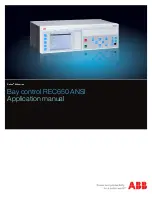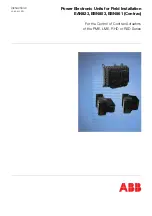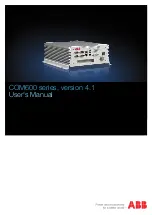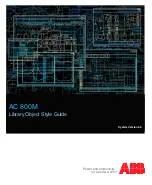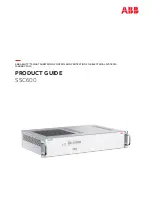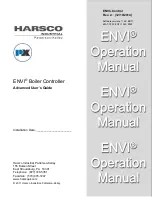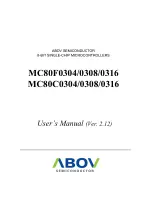
3 - 12 Manual Tuning
3 - 12 Manual Tuning
In certain applications ( very few ) using auto-tuning to tune a process may be inadequate for the control requirement,
then you can try manual tuning.
If the control performance by using auto- tuning is still unsatisfactory, the following rules can be applied for further
adjustment of PID values :
ADJUSTMENT SEQUENCE
ADJUSTMENT SEQUENCE
SYMPTOM
SOLUTION
(1) Proportional Band ( PB )
(1) Proportional Band ( PB )
(2) Integral Time ( TI )
(2) Integral Time ( TI )
(3) Derivative Time ( TD )
(3) Derivative Time ( TD )
Slow Response
Slow Response
High overshoot or Oscillations
High overshoot or Oscillations
Slow Response
Slow Response
Slow Response or Oscillations
Slow Response or Oscillations
Instability or Oscillations
Instability or Oscillations
High Overshoot
High Overshoot
Decrease PB
Decrease PB
Increase PB
Increase PB
Decrease TI
Decrease TI
Increase TI
Increase TI
Decrease TD
Decrease TD
Increase TD
Increase TD
Table 3.2 PID Adjustment Guide
Table 3.2 PID Adjustment Guide
Figure 3.9 shows the effects of PID adjustment on process response.
Figure 3.9 shows the effects of PID adjustment on process response.
27
PV
Time
Perfect
PB too high
PB too high
PB too low
PB too low
Set point
Set point
P action
P action
I action
I action
PV
Time
Perfect
TI too low
TI too low
TI too high
TI too high
Set point
Set point
D action
D action
PV
Time
Perfect
TD too high
TD too high
TD too low
TD too low
Set point
Set point
Figure 3.9
Effects of PID Adjustment
Figure 3.9
Effects of PID Adjustment





























